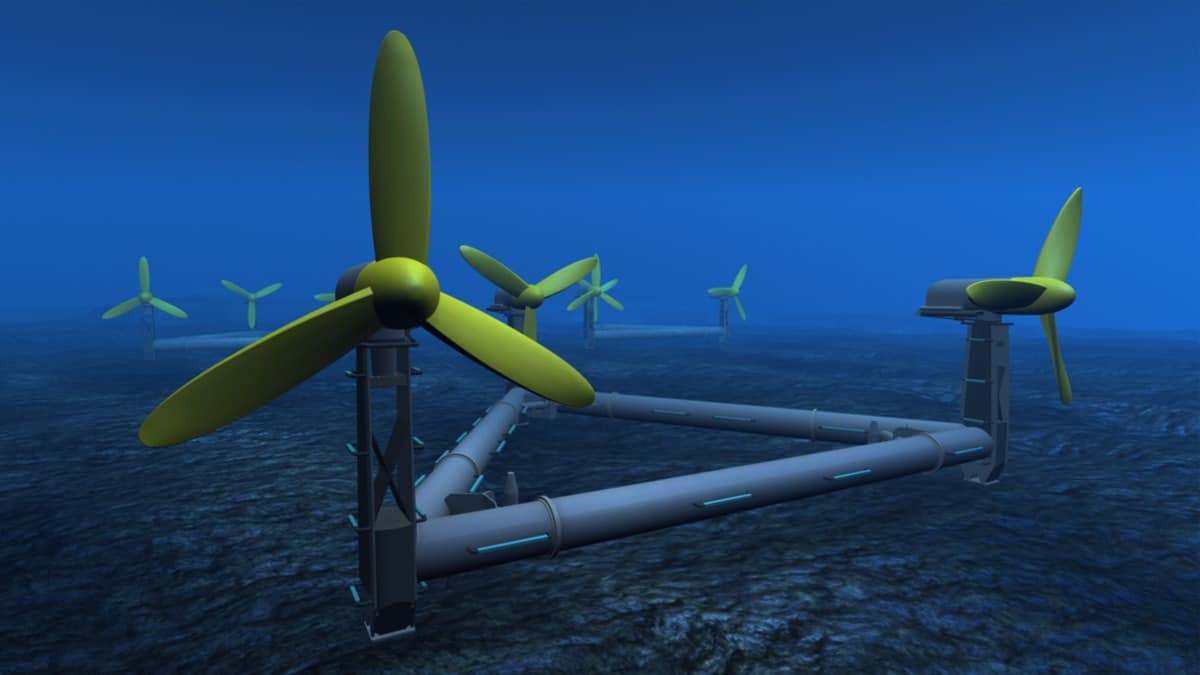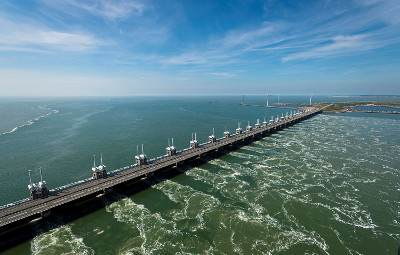Tidal power is a form of hydropower, a renewable source of energy that uses the rise and fall of waves produced by the surge of ocean waters (Society, 2011). The rise of the tides is the product of the gravitational interplay between the sun, moon, and the earth.
Moreover, the increase in the inclusion of tidal energy for the generation of power owes to its sustainability, resulting from the oceanic tides’ high predictability compared to other renewable sources, the wind and solar energy (“Tidal Energy | PNNL,” n.d.).
Tidal power is an innovation of the old school practice
Dating as far as the Middle Ages and even having historical evidence in Roman times, tidal energy was used to drive grain mills. However, the first time that tidal energy was proposed to be used as a source of generating electricity dates to Victorian times.
That led to the establishment of the first-ever tidal plant, the La Rance Tidal Barrage in France, which was operational since 1966 (Neill et al., 2018). This is the starting point for the massive construction of dams barrages in the other European States to utilize tidal energy for electricity generation.
However, by the late 90s, these constructions faced several setbacks due to the number of potential spaces being occupied by already built dams. The up roaring costs and several other factors associated with the social and economic challenges seemed unaffordable (Moran, Lopez, Moore, Müller & Hyndman, 2018).

Tidal Barrages and Tidal Fences and their negative contributions to the environment
Tidal barrages utilize the tidal surges, the rise and fall of the tides, to drive the turbines and, thus, generate electricity (Hanania, Heffernan, Jenden, Stenhouse & Donev, 2021). Contrary, a tidal fence is a form of technology characterized by a steel or concrete structure that resembles a fence and utilizes the fast-flowing tidal surge of the oceanic water to generate electricity.
The fence is famously introduced as a cross between a tidal barrage and a tidal turbine stream system (Tidal Fence and Underwater Tidal Fence Turbines, n.d.). That said, before the already mentioned stance of tidal systems having negative aspects, the tidal barrages, the unique system that was structured very similar to dams for tidal energy management, have several harmful environmental contributions.
Most importantly, the tidal basins and the surrounding where they establish create potential risks to aquatic plants and animals by altering the salinity of the oceanic water. Moreover, the tidal barrages are prone to impact the tidal levels by increasing the turbidity and affecting navigation (Moran, Lopez, Moore, Müller & Hyndman, 2018).
Current Prospects
There is undoubtedly an expanding need to opt for renewable energy resources with the ever-growing energy crisis worldwide. With the great predictably level of tidal surge and their dependence on the earth’s gravitational pull, they prove to be the most reliable sources present. However, there need to be some amends in how the system was previously operated.
Most importantly, the situation calls for the application of innovative solutions suggested as:
- Nullify the salinity alteration of the tidal systems.
- Not harming marine life’s health.
- Have a negligible effect on the tidal level.
The impacts of tidal energy systems on the environment and society need to be fixed for reviving tidal power in the present-day world.
Also, Read: Bioenergy and Climate Change- A potential solution to energy shortage

Samra Hayat Khan is a Biotechnologist, currently works in a pharmaceutical company as a research and development officer. Samra is a passionate advocate for marine sciences, their unparalleled benefits for humankind, and their significance for saving mother earth.

